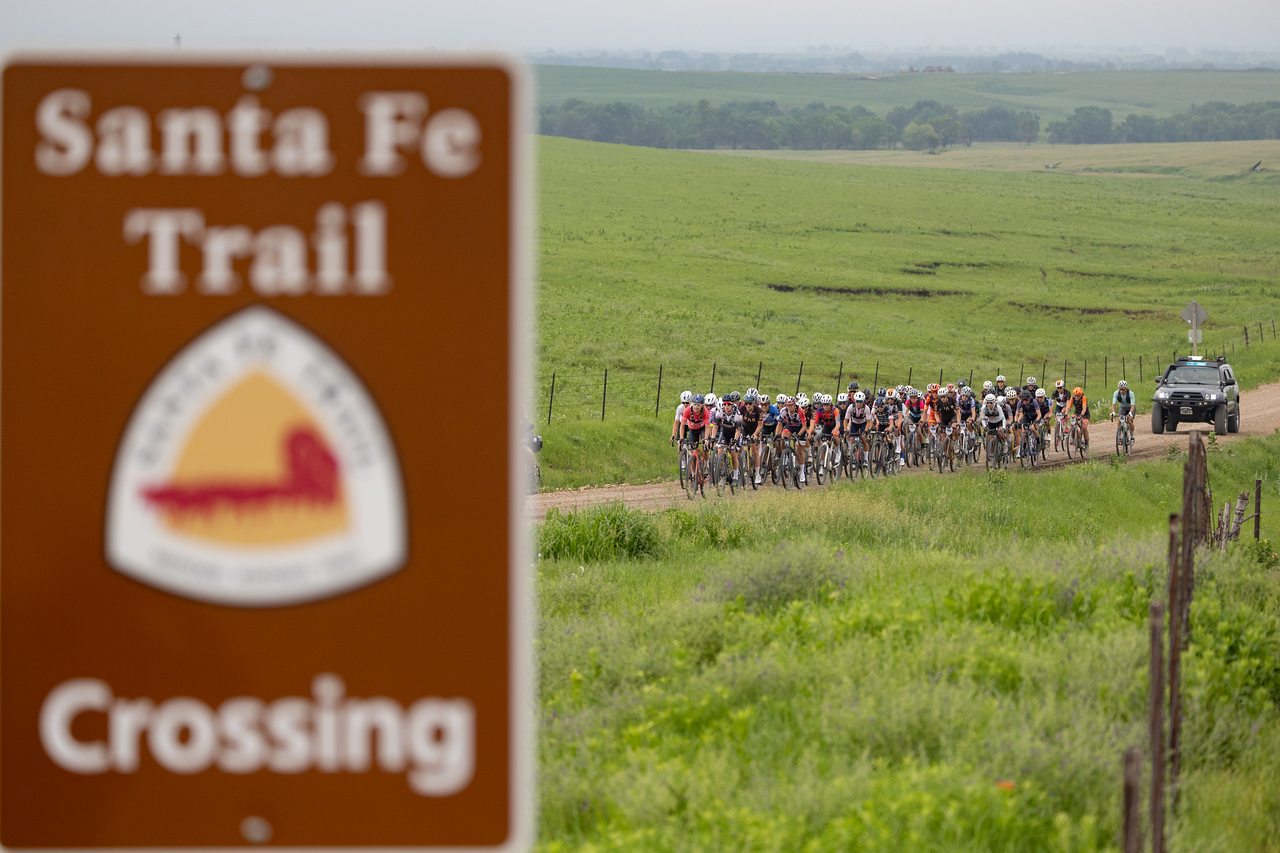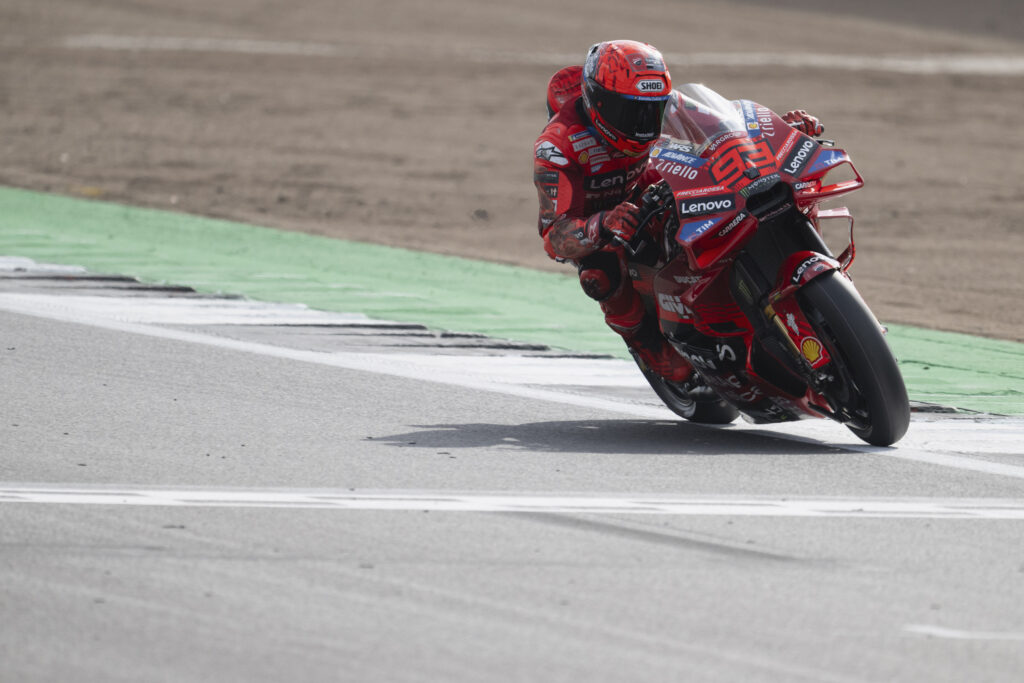Kris McCormack
;)
Getty Images
Let’s talk about something that probably doesn’t get enough love when you’re shopping for new irons or wondering why your 7-iron suddenly hates you: bounce and sole width.
These sneaky little design features play a huge role in how your club moves through the turf and how well you strike the ball on the face. Whether you’re a Tour pro carving divots like Michelangelo or a once-a-month hack, just trying to make clean contact, turf interaction matters.
So, let’s break it down. No engineering degree required.
What is bounce (and why you should care)?
Bounce is basically the angle between the leading edge of your iron and the lowest point on the sole (usually the trailing edge). It’s what helps your club glide through the ground rather than dig into it like a lawn dart.
More bounce = more forgiveness through the turf. That’s especially helpful if you play on soft conditions or tend to take deep divots. (This could have been helpful for some players at Quail Hollow.)
Less bounce = more precision. This is great for firmer turf or players with a shallower angle of attack.
Think of bounce like shock absorbers for your irons. It helps the club resist digging too much, keeping the leading edge from getting stuck in the dirt and killing the consistency of your shot.
Titleist releases new 2025 T-Series irons on Tour, including new T250
By:
Jack Hirsh
Sole width: the unsung hero of clean strikes
The sole width of your iron is just what it sounds like: how wide the bottom of the club is. Wider soles distribute the club’s weight lower and back, which often leads to higher launch and more forgiveness. They also offer more effective bounce by increasing the contact area with the turf.
But that doesn’t mean wide soles are for everyone. Here’s how to know where you fit:
– Wider soles: Great for newer players or those who need help getting the ball airborne. Also fantastic in soft conditions, like after a rain or on lush fairways.
– Narrow soles: Preferred by better players who like to “nip” the ball off the turf with a shallow divot. Or players who compress the ball and strike the ball first. It also offers skilled players more shot-shaping versatility and control.
It’s not just about forgiveness; it’s about how your club reacts to the ground. If you’ve ever chunked a wedge from a perfect lie or thinned a 9-iron for no good reason, poor turf interaction might be the culprit. (I know I am guilty of both.)
Turf interaction: Why it’s a big deal for everyone
Tour pros obsess over turf interaction because it affects spin, flight and control. But for the rest of us? It’s mostly about consistency.
When your irons glide through the turf the right way, the clubface stays more stable through impact. That means fewer fat shots, fewer thin shots and way more confidence with your irons.

TaylorMade 2025 P790 Custom Irons
REVOLUTIONARY FORGED FEEL
More Speed, More Consistency
Increased Distance with Improved Gapping
FLTD CG™ – Shaped for Elegant Performance
FEATURES
Enhanced Feel & FeedbackSubstantially improved feel was a key focus when designing the 2025 P·790. Individual head optimization and advanced modal analysis, combined with SpeedFoam™ Air, deliver best-in-class forged feel with an explosive sensation at impact.
Faster Face, Greater SpeedThe 2025 P·790 introduces an all-new ultra-high-strength, high-speed forged face material (4340M), which is 20% stronger than previous generations. This increased strength enables a thinner face, faster ball speeds, and a sweet spot up to 24% larger.*
*Comparison vs. 2023 P·790 7 iron.
Optimized CG for Precision & DistanceA faster 4340M face, individual head optimization, and FLTD CG™ technology precisely position the center of gravity (CG), delivering increased carry distances with ideal launch and spin for improved gapping throughout the set.
In 2025, the long irons feature an even lower CG for enhanced launch and playability, while the scoring clubs have a higher CG to improve spin rates and control. FLTD CG™ strategically shifts the center of gravity from low in the long irons to progressively higher in the short irons for optimal performance.
Refined Aesthetics & Turf InteractionThe all-new P·790 boasts a thinner topline for a cleaner look at address and an increased sole radius with a progressive leading edge. This design enhances turf interaction and promotes more consistent impact locations.
View Product
Also available at: TaylorMade Golf
Conditions matter too:
– Soft turf: Needs more bounce and maybe a wider sole to keep the club from digging too much.
– Firm turf: Better suited to lower bounce and narrower soles for that crisp, ball-first contact.
Your angle of attack also matters. Steeper swingers tend to benefit from more bounce and wider soles. Shallow swingers, or “pickers,” can get away with less. But here’s the part people don’t talk about enough: Sole width and bounce aren’t just about skill level. Yes, wider soles are common in game-improvement irons and low bounce is usually tied to better-player blades, but there are exceptions. Some high-handicap golfers actually see better contact and consistency with a thinner sole and a more compact head. Maybe it fits their swing. Maybe they’re naturally shallow. Or maybe they just vibe with a cleaner look and it boosts their confidence.
The point is, you won’t know until you test. Forget what’s “supposed” to work or what works on paper for your handicap. Get on a launch monitor, hit off grass if you can and see what your swing says. Because when it comes to turf interaction, feel and fit always beat assumptions.
Set wedges…or blade wedges? How to know which is right for you
By:
Kris McCormack
Not just a wedge thing
We talk about bounce all the time with wedges, but here’s the thing: It matters on your irons, too, especially your short and mid-irons. The shape of the sole, the camber (curvature) and the amount of bounce all play a role in how that club enters and exits the turf.
Ever try a game-improvement iron and feel like it just magically bounces off the ground instead of digging? That’s no accident. Manufacturers bake in generous sole width and bounce to help average players make better contact more often.
Wedge bounce vs. iron bounce: Same concept, different goals
OK, so now you know bounce isn’t just a “wedge thing.” But that is where most of us first hear about it. And for good reason, bounce is way more pronounced and customizable in wedges than it is in irons.
Wedges: Bounce and grind are the stars of the show
In wedges, bounce plays a huge role in how the club performs. That’s why you’ll see wedges labeled with 8, 10, 12 even 14 degrees of bounce. And you’ll hear terms like “low bounce,” “high bounce,” “C grind,” “S grind,” “M grind” and so on. It’s not just marketing fluff; those grinds and bounce angles directly influence how your wedge handles sand, rough, tight lies and full swings.
Bounce in wedges is about matching your swing style and course conditions:
– Steep swingers or players in soft turf benefit from more bounce.
– Shallow swingers or firm-course players usually prefer lower bounce.
Grinds let you tweak how the sole behaves when you open the face or manipulate the club around the green.
In short: Bounce is the main tuning fork for how your wedge performs, and there’s a ton of nuance to how it’s designed and fit.
Are improper lie angles costing you strokes? Here are the telltale signs
By:
Kris McCormack
Irons: Bounce is there, it’s just more subtle
With irons, bounce is usually baked in and much less talked about. You don’t see “9 degrees of bounce” stamped on your 8-iron. But it’s there, and it still matters.
Here’s the difference:
Wedge bounce is about short-game versatility and turf forgiveness.
Iron bounce is about full-swing turf interaction and controlling impact dynamics.
Iron bounce tends to be more subtle — typically in the range of 2 to 8 degrees — and works hand-in-hand with sole width, camber and leading-edge design. You’re not manipulating an iron like you do a lob wedge. You’re hitting full shots, trying to control distance and trajectory. But the turf still wants to grab that leading edge, and bounce helps it glide instead.
Think of it like this:
– Your lob wedge is a scalpel — surgical, adjustable and built for finesse.
– Your 8-iron is a chisel — still needs to be sharp, but designed to strike through the ground cleanly and consistently.
Why the difference matters
Because bounce means different things in wedges and irons, the fitting process is also different.
For wedges, you’ll often test different grinds, bounce angles and sole shapes on a short-game area, opening and closing the face, hitting from sand, rough, tight lies, etc. Testing with the types of shots YOU like to hit.
For irons, fitting is more about matching the bounce and sole profile to your swing through the turf, with full shots (ideally on grass, not just a mat).
Here’s the kicker: The best players in the world obsess over both. They’ll have a low-bounce lob wedge for tight turf, a high-bounce wedge for fluffy bunkers, and irons that match how they want to strike the ball through with full-swing impact.
For the rest of us? We can still benefit from understanding how the two types of bounce work … and make smarter choices based on our own swing and playing conditions.
Fit your game, NOT your ego
The truth is that Tour players use irons that match their swing dynamics, and you should too. There’s no “gold star” for playing a narrow-soled, low-bounce blade if it’s making your life harder. Wider soles and more bounce don’t make you less of a golfer. They might just make you a better one.
So next time you’re drooling over the latest iron release, dig a little deeper than just the looks or lofts. Ask about the bounce. Check out the sole shape. Because when it comes to iron performance, what’s on the bottom might matter most.
Ready to get dialed in for your next set of irons? Book your fitting at your local True Spec Golf.
;)
Kris McCormack
Golf.com Contributor
Building on a career that has spanned more than 20 years in the golf industry, McCormack has spent the last six years of his career serving as the Vice President of Tour and Education for True Spec Golf. During that time, he curated the training program for the True Spec fitting staff and pushed for more continuing education curriculum. As well as managing their Tour department and building relationships with a multitude of OEM partners. Prior to joining the True Spec team, McCormack worked with several of the industry-leading manufacturers as a Master level Fitting Professional. In addition to being an instructor and partnering with the Golf Channel Academy as a lead instructor and brand-agnostic Fitting Professional. He has also worked with R&D teams to assist in product design, testing, and development for a variety of gear releases. He is a golf enthusiast and lives in the gear space!


;)
;)
;)










